APOLLO 13 (1995)
NASA must devise a strategy to return Apollo 13 to Earth safely after it gets damaged, putting the lives of the three astronauts in jeopardy.
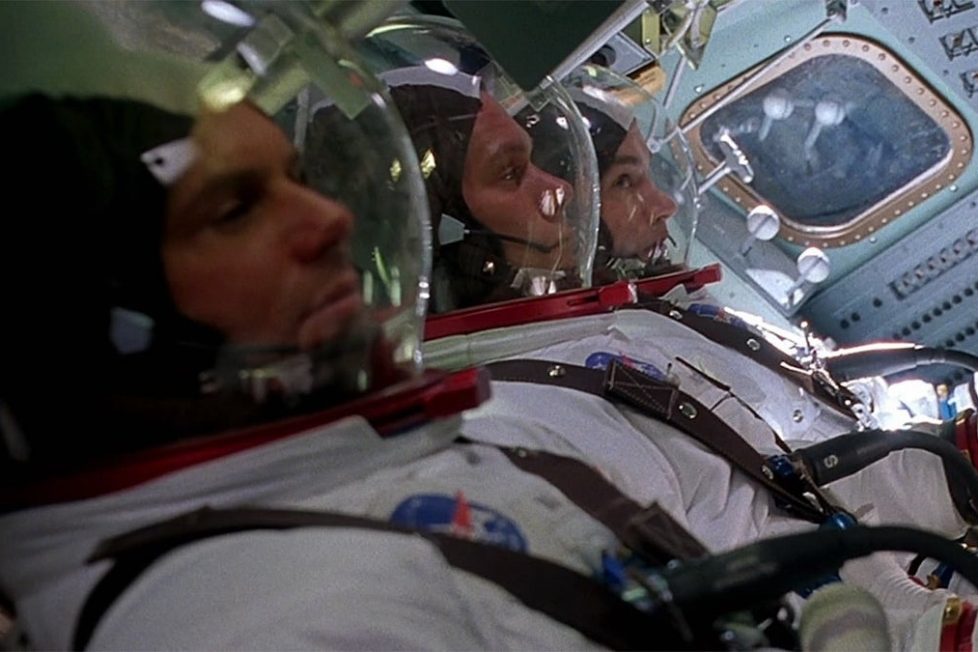
NASA must devise a strategy to return Apollo 13 to Earth safely after it gets damaged, putting the lives of the three astronauts in jeopardy.


There’s not a trace of subtlety in Ron Howard’s Apollo 13. But nor does there need to be, because its true story is so inherently strong that brisk pacing, efficient writing and direction, and credible performances are enough to make it a compellingly watch from beginning to end.
The story of the lunar mission that nearly became one of America’s biggest space disasters is well-know; indeed it’s probably better-known than the successful landings that followed it. In 1970, only a year after Neil Armstrong became the first man on the moon, astronauts Jim Lovell (Tom Hanks), Jack Swigert (Kevin Bacon), and Fred Haise (Bill Paxton) were launched in their spacecraft from Kennedy Space Center, with Swigert a last-minute substitute for Ken Mattingly (Gary Sinise).
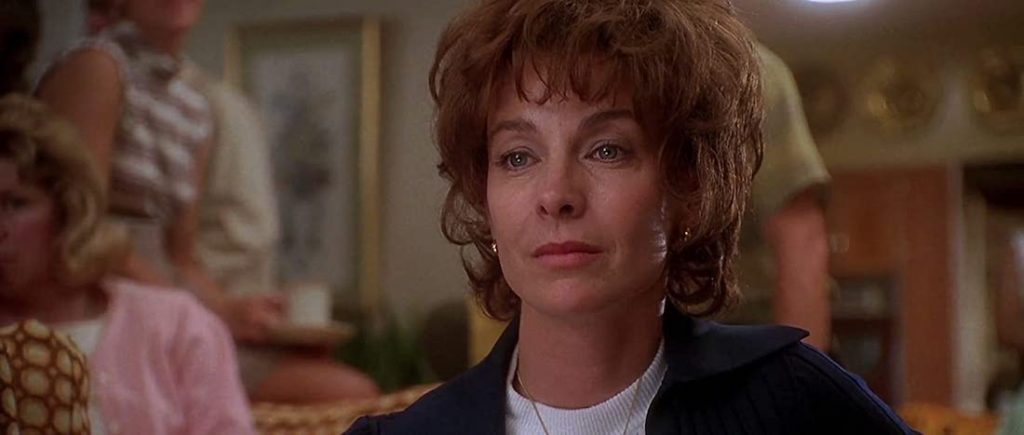
About 56 hours later, as they drew close to the moon, an oxygen tank exploded, damaging the craft. The mission’s objective was now not a landing but the safe return of the astronauts, imperilled after the accident by dwindling supplies of electricity and oxygen. Working with the large mission control team in Houston, led by Gene Krantz (Ed Harris), the trio managed to improvise solutions and survive in their damaged craft for three more days before successfully splashing down in the South Pacific. All survived.
It’s a sign of how expertly Apollo 13 is made that, despite familiarity with the disaster, it remains suspenseful and edge-of-the-seat gripping. This is partly down to the rhythm of long and relatively still passages interspersed with sudden and dramatic activity, most notably the thruster burn toward the end of the film that represents the mission’s last chance to reach Earth. The mood had been almost somnolent for a while, then abruptly the screen comes alive with a frenzy of lurching and shouting.
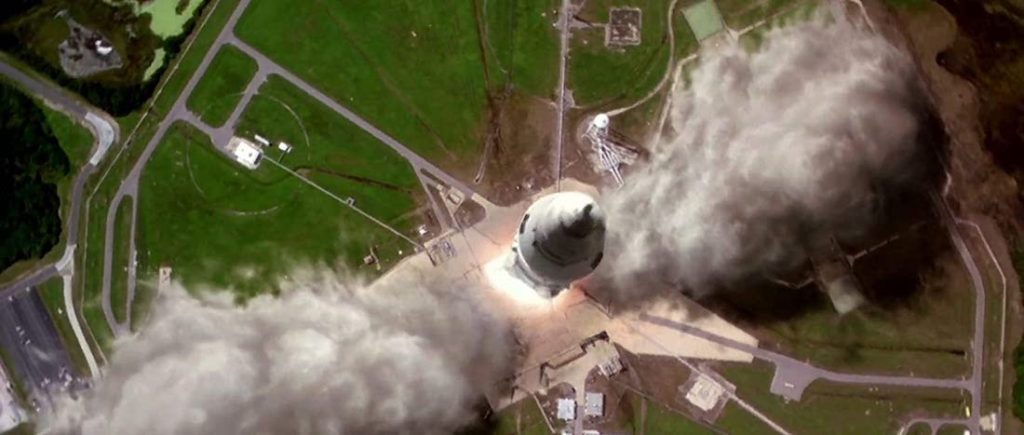
More important than any single moment, though, is the verisimilitude of the scenes onboard the spacecraft and in mission control. Howard was adamant that Apollo 13 should be as accurate as possible (to the point of filming some scenes on the training aircraft astronauts use to simulate weightlessness), and even insisting the actors took physics lessons so they understood their lines. Much of the dialogue between mission control and Apollo is real, too, although a few exchanges were altered for dramatic effect. (The now-famous line “Houston, we have a problem” is, in fact, a slight misquote of what was said in 1970).
Being authentic also means that much of it is impenetrable, of course. At least to audiences not clued-up on the minutiae of space exploration, as the conversation is technical and full of acronyms (LM, FIDO, GNC, PTC, EECOM, etc). But Howard and the screenwriters William Broyles Jr. and Al Reinert (who adapted Lovell’s own book) adroitly mix in more audience-friendly explanations of what’s going on—like, for example, newscasters or press conferences, or from the astronauts discussing scenarios during simulator training and having arguments in mission control team meetings. And if occasionally key points are underlined a little too obviously (the TV newsreader says the spacecraft’s carbon dioxide removal systems are failing, and we cut immediately to a shot of Hanks coughing), that’s surely preferable to the alternative.
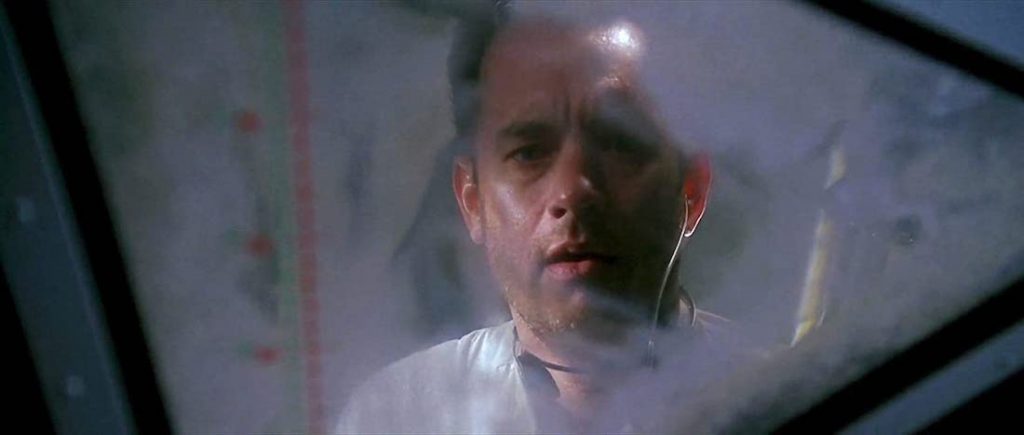
By contrast, the first 40-minutes of the movie before the Apollo launch drag just a touch, as does a parallel earthbound subplot concerning the hopes and tribulations of the families at home, particularly the Lovells.
It’s handled with the same professionalism as the rest of Apollo 13, but (as in 2018’s First Man) it’s difficult to find the domestic tales that engaging. We know the astronauts are coming home, so can’t quite share their folk’s anxieties. But unless we’re space nuts we don’t know exactly how survival is going to be accomplished and, as a result, the mission scenes sustain a tension that the domestic ones lack. On the plus side, the period detail in the back-home scenes is a pleasure in itself; lit richly and warmly to complement the ubiquitous brown tones, and to contrast with the sharper lighting and starker contrasts of NASA. And there are the usual how-times-have-changed winks to the audience, like a character marvelling over “a computer that can fit into a single room.”
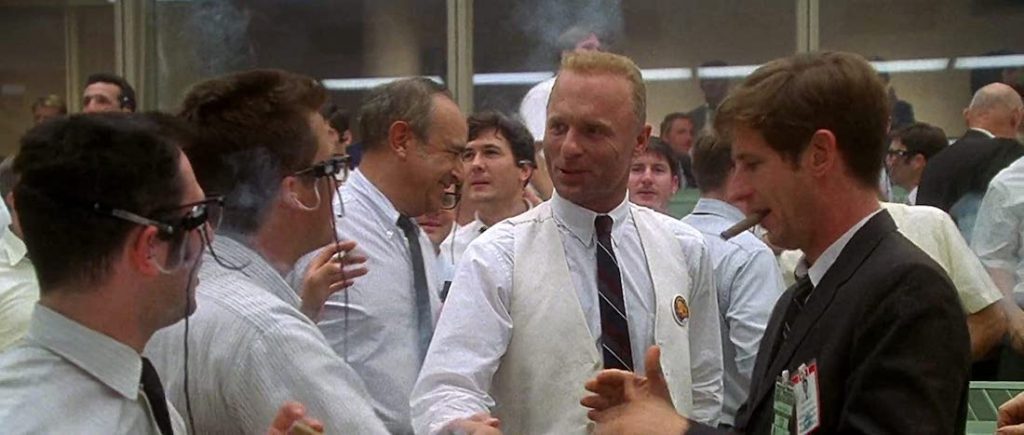
Not that there are any histrionics in space or at NASA. Given the calmness and reticence demanded of the astronauts, as well as their colleagues on the ground, and given that their relationships were almost entirely about teamwork rather than conflict, it’s no surprise that their performances are rather buttoned-up. No one individual is ever allowed to dominate.
The true star, in the sense of being the most dynamic character, is Harris’s flight director. The way Howard’s camera teases us by not revealing his face when we meet him at mission control is a sign of the importance the movie places upon this role and, indeed, it’s on his shoulders rather than those of the essentially obedient and responsive astronauts with the task of moving the story forward.
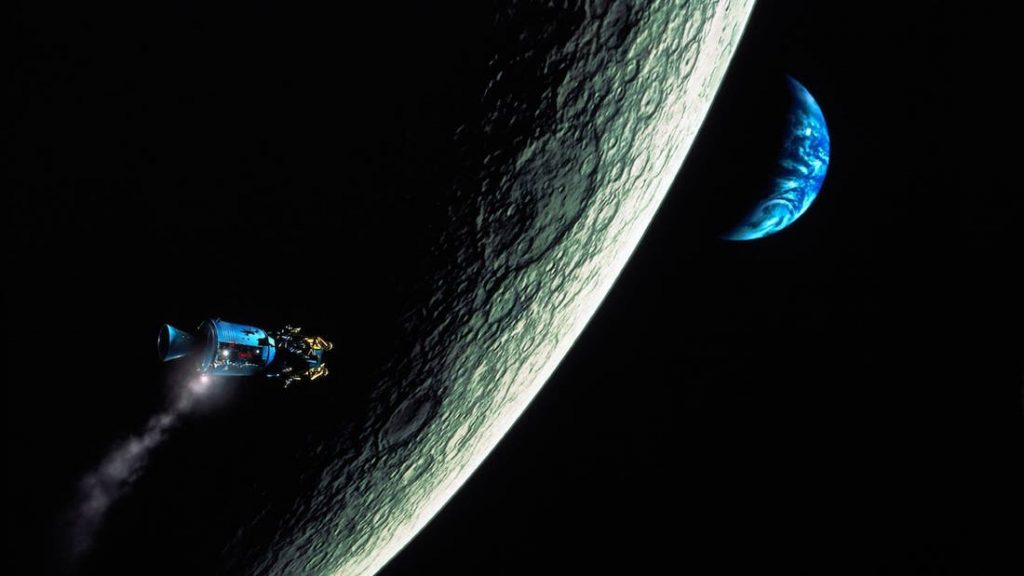
But Hanks is impressive too, with an air of quiet authority prefiguring his performance in Saving Private Ryan (1998). Bacon is more of a live wire—first seen flirting with a blonde, indulging in outrageous double entendre about a “probe sliding in”, then later becoming paranoid and aggressive as the deteriorating air quality on the spacecraft takes its toll. Paxton is blander, though his vulnerability is important to the plot, while Sinise is at his best when being bad-tempered about being pulled from the crew at the last minute.
Among the NASA hordes, Xander Berkeley as an anxious, slightly insincere public-relations man stands out, along with Loren Dean as a young engineer. Kathleen Quinlan, Mary Kate Schellhardt and Jean Speegle Howard (the director’s mother) as Lovell’s wife, daughter, and mother, respectively, all help save the family sequences from seeming too routine.
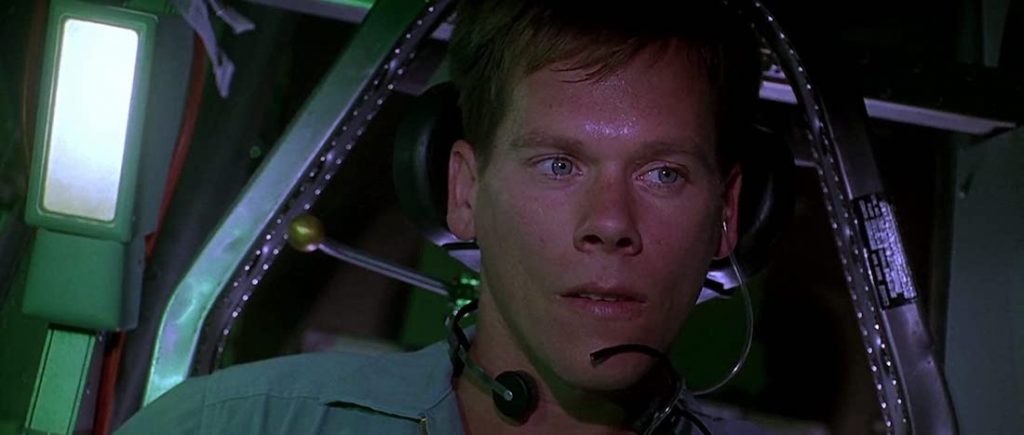
Adding much less to the film, despite its surprising nomination for an Academy Award, is James Horner’s incessant score: a textbook case of what the writer Mervyn Cooke has called the “presidential idiom” of music that has infested so many big-budget US movies for decades. Short, ascending fragments constantly remind us that we’re watching something Important with a capital I; brass at key moments pumps up the patriotism with a hint of military pride; strings oscillating between wistfulness and quiet contentment speak of nostalgia, sacrifice, nobility. There’s even the dreaded wordless chorus, in case we forgot the Apollo mission took place in space.
So, while there’s a fine nervy quality to the music in the carbon dioxide sequence, it’s mostly wall-to-wall cliché and inappropriately heart-on-sleeve for a movie that is otherwise so matter-of-fact. As Lovell says to his wife: “we now live in a world where man has walked on the moon. It’s not a miracle; we just decided to go.”
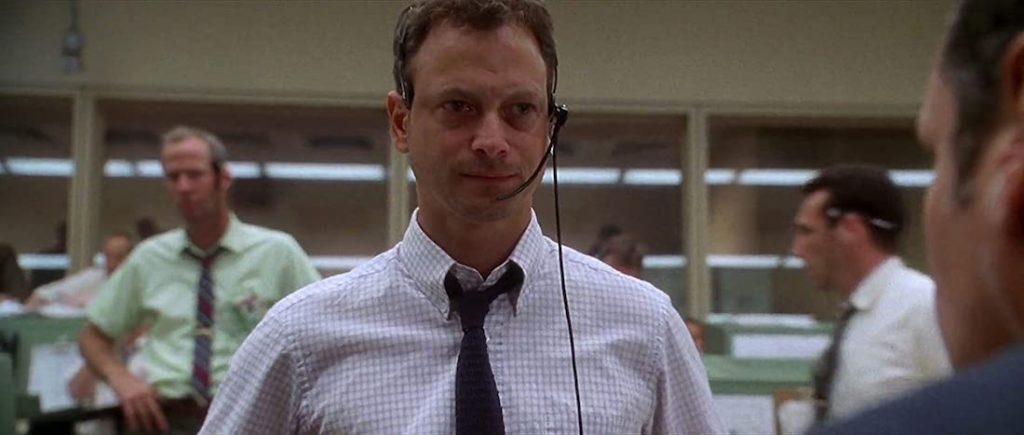
This is a minor letdown, though. Apollo 13’s straightforwardly uncomplicated effectiveness was recognised as soon as it was released in 1995, becoming the third-highest grossing movie of that year in the US (almost equalling Die Hard With a Vengeance and Toy Story, in fact). And it was yet another hit for Howard to follow up the likes of Splash (1984), Cocoon (1985), and Backdraft (1991). It received a raft of Academy nominations (including ‘Best Picture’, and for Harris’s and Quinlan’s performances), although it only won for ‘Film Editing’ and ‘Sound’, while reviews were generally positive.
Apollo 13 isn’t a cold film but it’s a hard-headed one. The drama comes from the objective facts and not from the inner lives of the characters, although this makes them all the more affecting whenever we do glimpse them. Variety’s critic perhaps hit the nail on the head, saying its “exceedingly linear structure, while unavoidable, renders it rather methodical and shallow in characterization. There is also something of the sense of the film as a live-action storyboard, so highly developed is its sense of organization and calculated effect.”
It wouldn’t be wholly unfair, then, to call Apollo 13 superficial. It provides the what and the how, without ever delving very far into the who, the why, or the what next. But even if it’s only concerned with surfaces, it is so note-perfect in its detail and so convincing in portraying the surface of a riveting true story that this limitation hardly matters. Rivalled only by documentaries like last year’s Apollo 11, as a drama about the US space programme Apollo 13 has no equal.
USA | 1995 | 140 MINUTES | 2.39:1 | COLOUR | ENGLISH

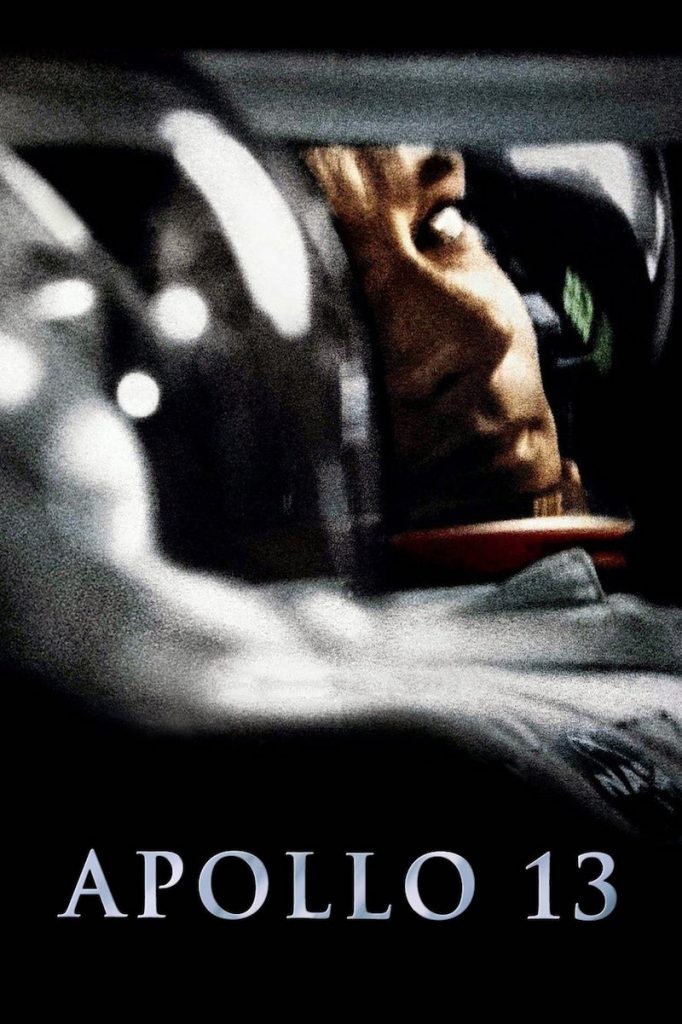
director: Ron Howard.
writers: William Broyles Jr. & Al Reinert (based on the book ‘Lost Moon’ by Jim Lovell & Jeffrey Kluger).
starring: Tom Hanks, Kevin Bacon, Bill Paxton, Ed Harris, Gary Sinise & Kathleen Quinlan.
